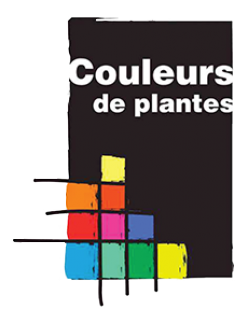Indicative colour
orange
Product available in catalog

Plant extract (ref C24 – hydrosuluble)
Scientific name: Bixa orellana L.
French name: Rocou
English name: Annatto
Botanical origin: Tropical America
Crop production: Tropical America
Part of plant used: seeds
Nomenclature
N° CAS: [1393-63-1]
N° EINECS/ EC: 215-735-4
INCI name: Annatto / E160b
Documents available
- Analysis report
- Technical specifications
- Material Safety Data Sheet
- Raw material information data sheet
Historical importance
Annatto (Bixa orellana) is a shrub or tree of tropical America regions. It is also called urucum (Brazil), Achiote (Bolivia and Nicaragua), annatto tree or red lip. It takes its name from the Tupi language that call urucu; in English and in Spanish it is called achiote (name derived from the Nahuatl).
It is also grown in Southeast Asia, where it was introduced in the 17th century through Acapulco, its flowers are pink and it produces red fruit filled with red seeds thorns. Its fruit, annatto (or achiote, annatto, achiote) is not edible. It is harvested and dried to extract the wax around the seeds, rich in carotenoids. Natives from South America and Caribbean islands use it as their body paint pigment or as flavouring. Traditional medicine gives it many healing properties. Annatto also serves as a natural sunscreen and avoids insect bites. It is part of the ingredients of Tascalate.
The annatto is currently used as food coloring (European code E160b). Some cheeses like la boulette d’Avesnes, Mimolette, Cheddar, Edam, Rouy or Red Leicester, owe their orange color. Traditionally it is also used to dye haddock fillets. It is also an ingredient of recado rojo, a spicy Mexican sauce.
Phytochemistry
Food colouring mainly composed of carotenoids.

 Online shop
Online shop Private space
Private space Recherche
Recherche Request
Request